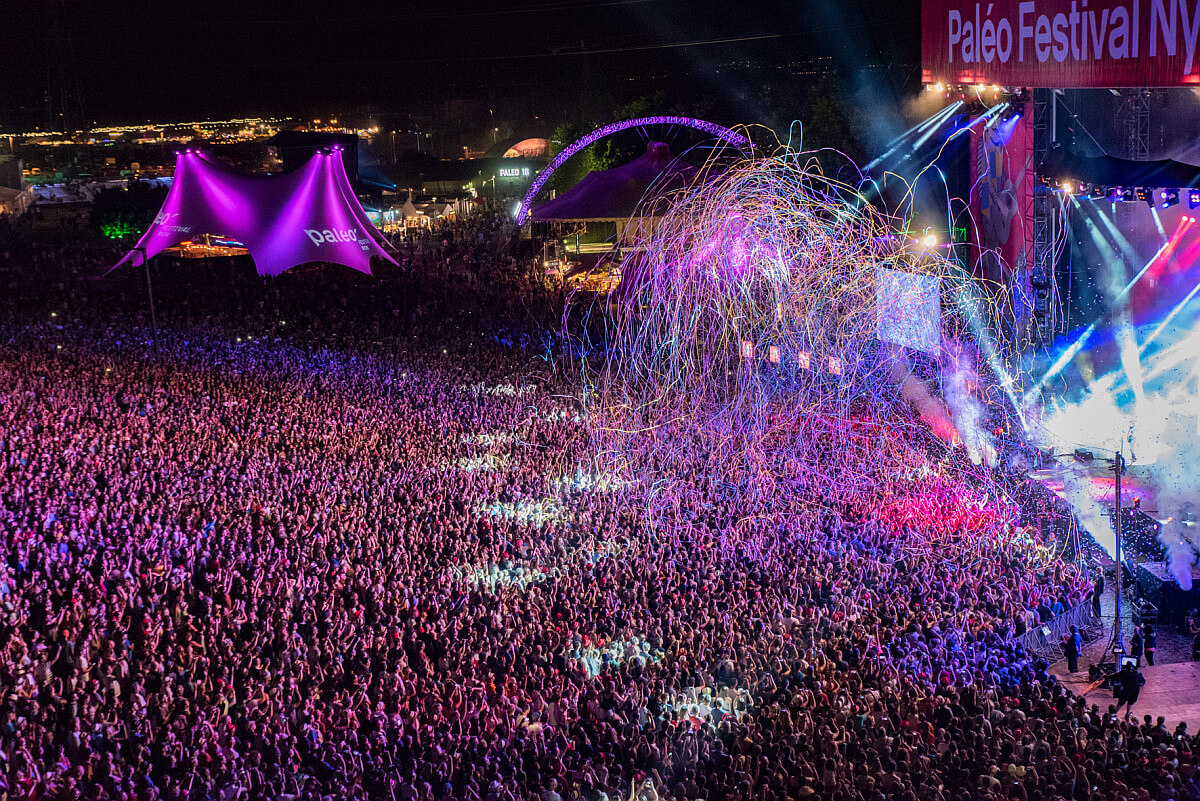How to get the most ROI out of a popup store?

Get the most out of your pop-up store
Measuring the return on investment (ROI) of a pop-up store is crucial to assess the effectiveness of this initiative and justify the associated expenses. Here are the steps and key indicators to calculate the ROI of a pop-up store:
1. Define the goals of the pop-up store
Before measuring ROI, it is important to clearly define the goals of the pop-up store. These may include:
- Increase Direct Sales
- Generate Buzz and Increase Brand Awareness
- Testing new products or markets
- Collect leads or customer data
- Improving customer engagement
2. Identify pop-up store costs
For an accurate ROI calculation, it is essential to account for all the costs associated with the pop-up store. These may include:
- Space Rental : Cost of rent for the duration of the operation.
- Layout : Expenses for the design, design, and layout of the store.
- Staff : Salaries and other costs related to the hiring or secondment of personnel.
- Marketing and promotion : Advertising, events, social networks, and other communication efforts.
- Technology : Investments in payment systems, customer tracking, and digital tools.
- Stock and inventory : Cost of products sold or displayed.
- Logistics : Transport, installation, and dismantling of the pop-up store.
- Various fees : Insurance, licenses, permits, and other administrative expenses.
3. Use analysis tools
- CRM and data analysis tools : Use platforms to track customer data and sales trends, making it easy to assess ROI.
- In-store tracking technologies : Traffic sensors, interactive kiosks, and other tools can provide accurate data on customer behavior.
4. Measuring the Direct Revenue Generated
- In-store sales : Turnover generated directly by the sales of products or services in the pop-up store.
- Additional Income : Cross-selling or sales of complementary products.
- Increase in online sales : If the pop-up store stimulates sales on online channels (for example, through discount codes specific to the pop-up).
5. Measuring indirect benefits
- Lead Generation : Number of new contacts or subscribers captured through store registrations, contests, etc.
- Increase in brand awareness : Measures such as increasing website traffic, social media mentions, and media coverage.
- Customer Loyalty and Commitment : Repeat visits, participation in events, and positive interactions with the brand.
6. Analyze performance indicators
- Conversion rate : Percentage of pop-up store visitors who made a purchase.
- Average spend per customer : Average amount spent by each customer.
- Pedestrian traffic : Number of visitors to the pop-up store, often measured by traffic sensors or counting technologies.
- Social media engagement : Measurement of online interactions generated by the pop-up store (likes, shares, comments, etc.).
7. Calculate ROI
Once revenues and costs have been identified, ROI can be calculated using the following formula:
ROI = ((total revenue - total costs) /total costs) x 100
- Total revenue : Sum of direct and indirect revenues generated by the pop-up store.
- Total costs : Sum of expenses incurred to set up and operate the pop-up store.
8. Evaluate Results Against Goals
- Compare the results achieved with the initial goals to determine if the pop-up store met, exceeded, or missed its targets.
- Identify areas where efficiency can be improved for future operations.
9. Taking into account long-term benefits
- Some benefits of the pop-up store, such as improving brand awareness or customer loyalty, can be realized in the long term. It's important to include these factors in a broader ROI analysis.
By following these steps, you can get a clear and comprehensive view of the ROI of your pop-up store, which will allow you to make informed decisions for future initiatives.
Latest articles
Stay up to date with everything that's going on at Technis: product news, articles, and tutorials.







.jpg)
